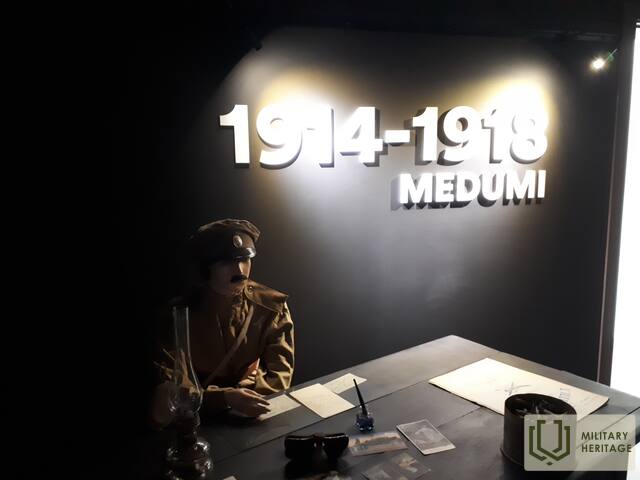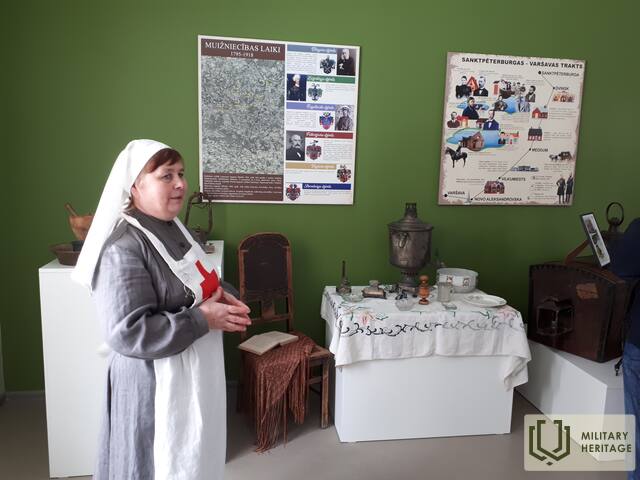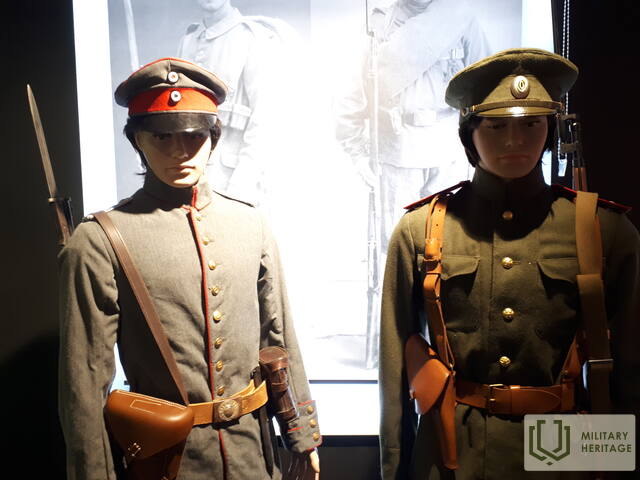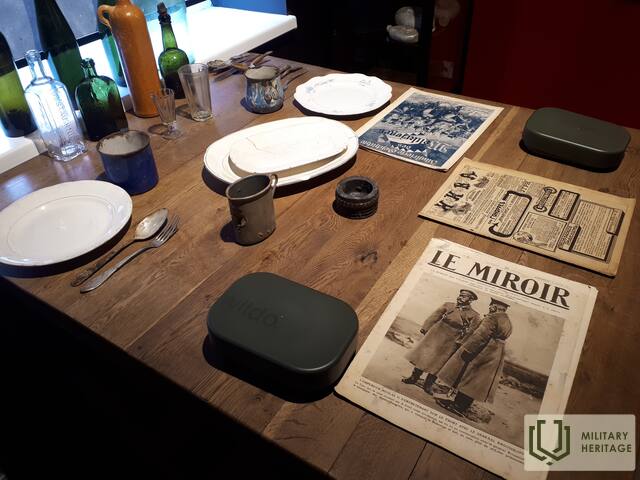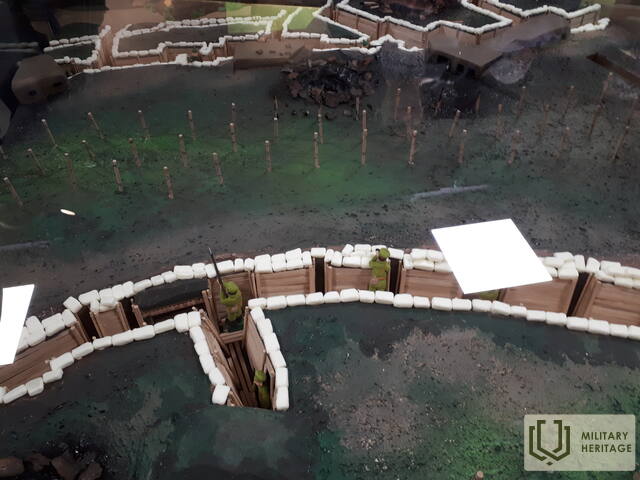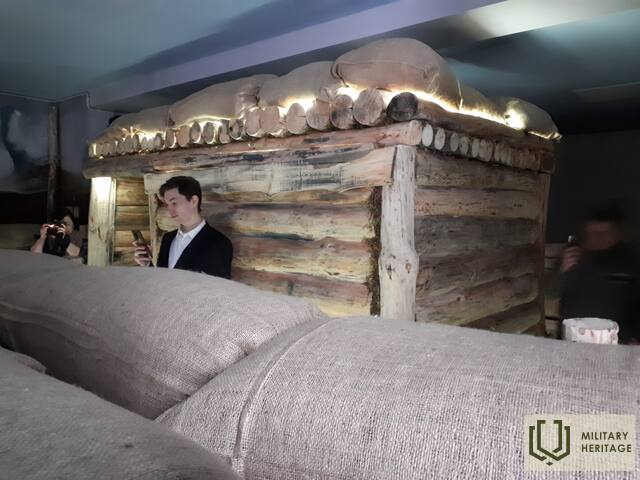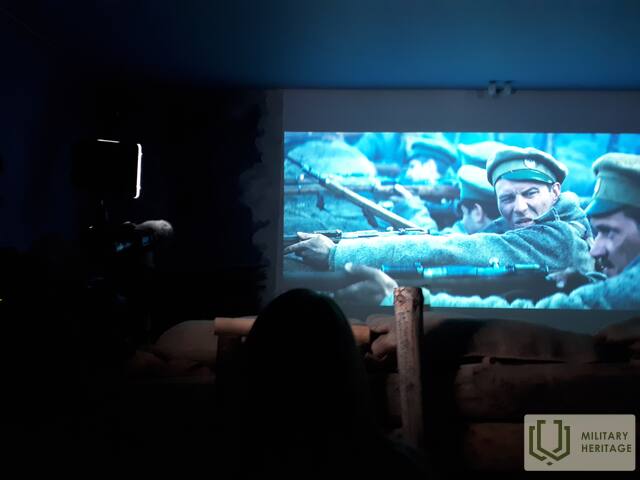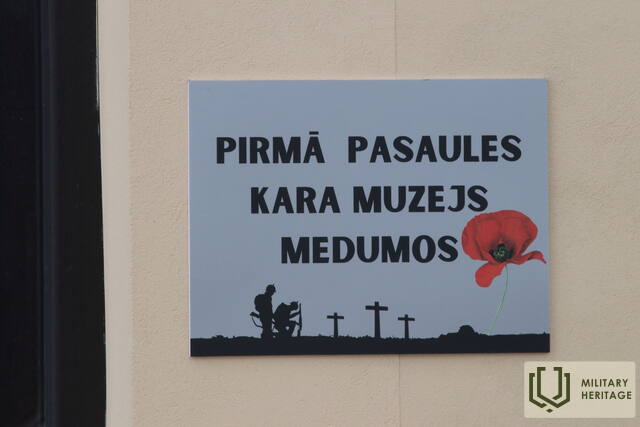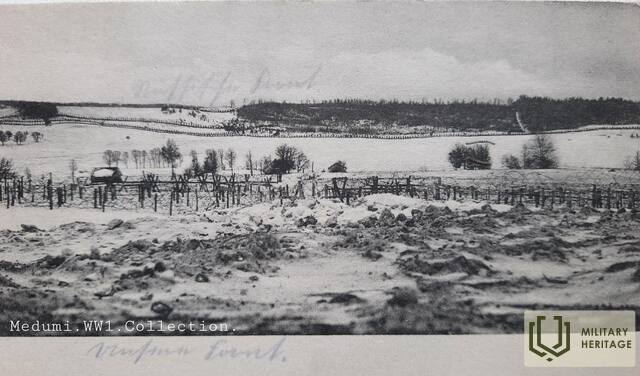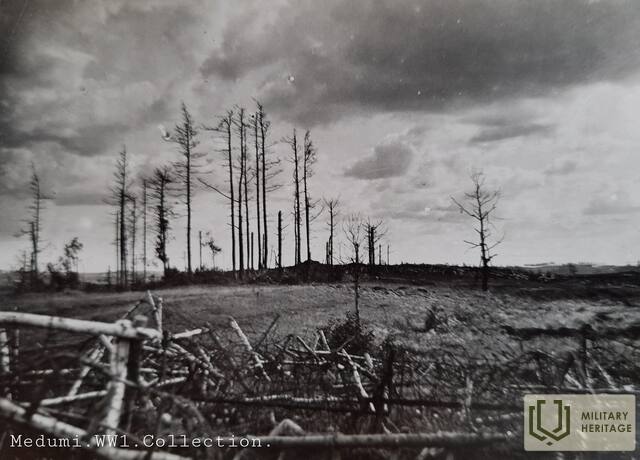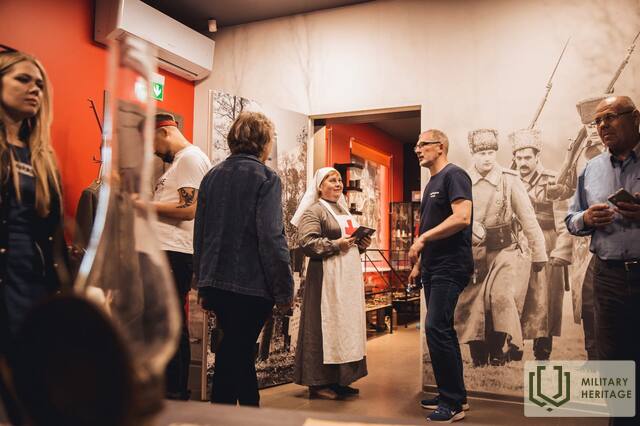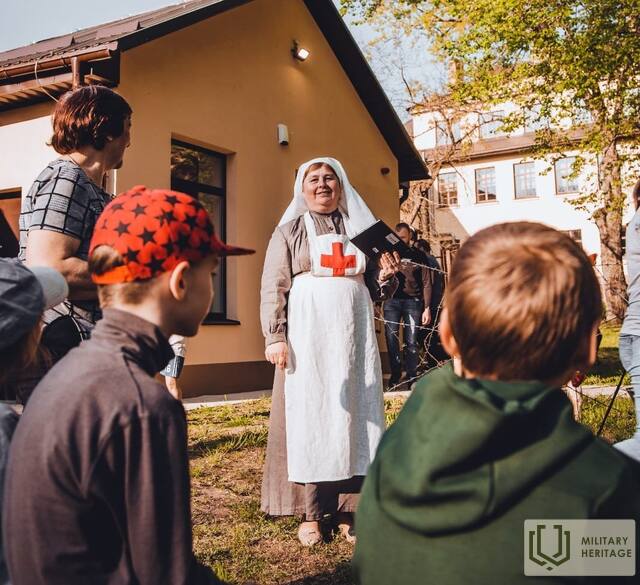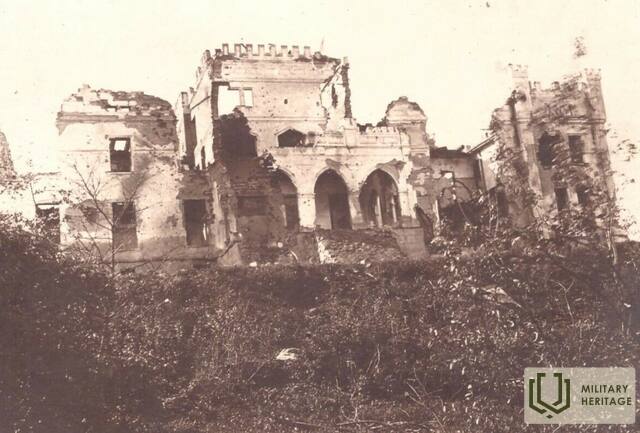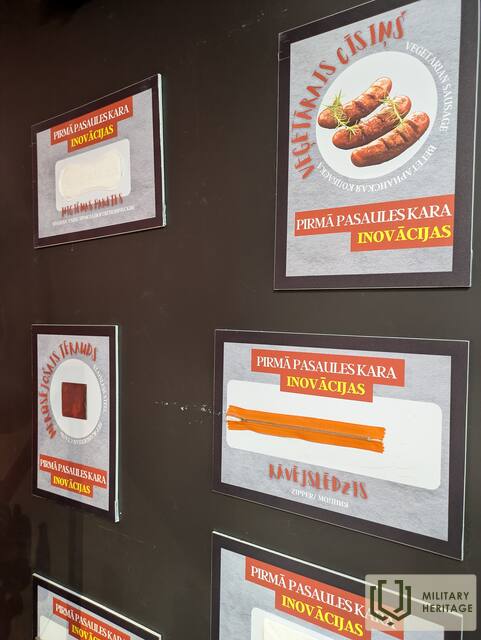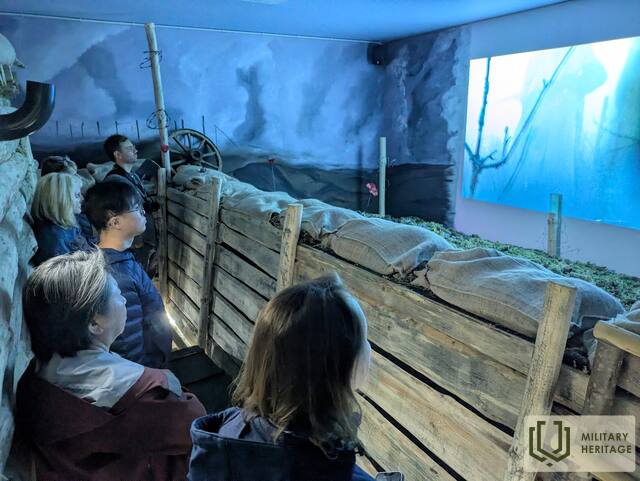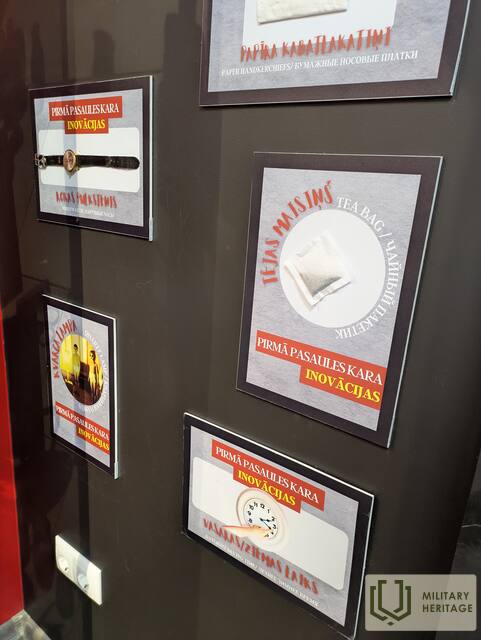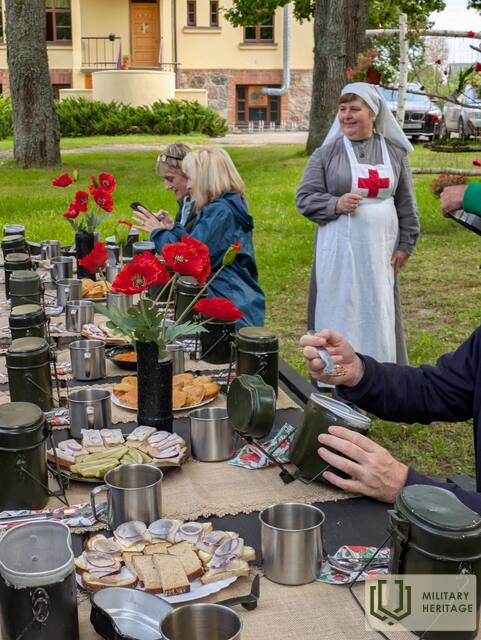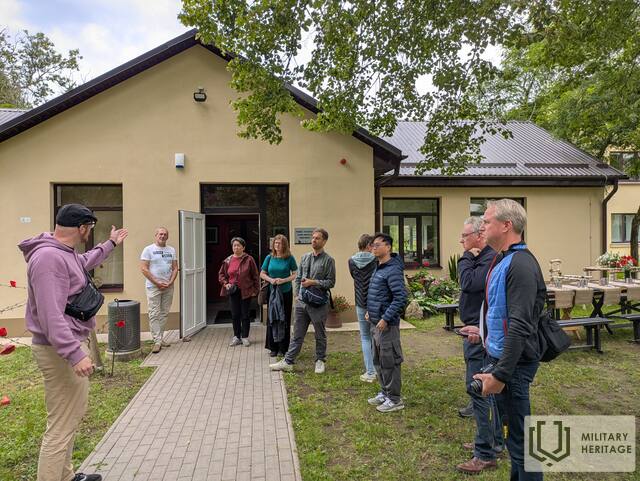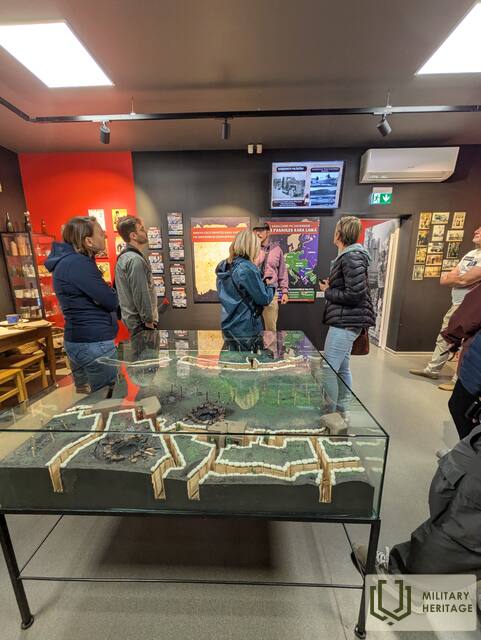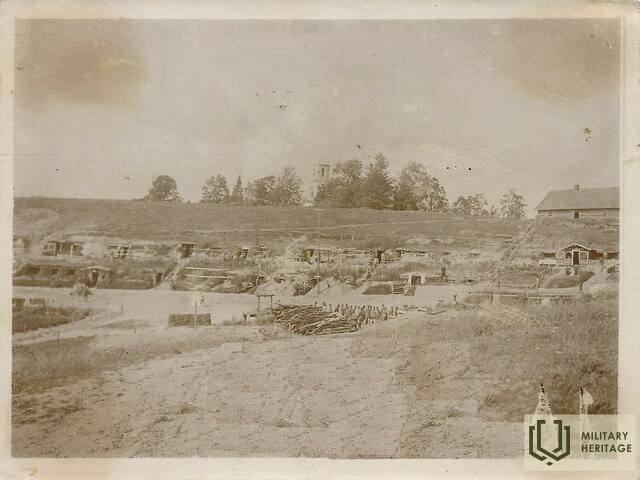First World War Museum Museum

The fiercest battles of the First World War in Latvia took place near Daugavpils in August and October 1915, in the highlands of Ilūkste and Medumi. The Germans tried to break through to Daugavpils, but the Russians – to push them back. Both sides were unsuccessful and began to build trenches, creating in depth defence positions consisting of three lines.
The First World War Museum in Medumi is dedicated to these battles. The first part of the exhibition presents the history of the vicinity of Medumi, providing testimonies that bear evidence that Medumi was a well-populated and developed area before the war. Part 2 focuses on the events of the First World War in Europe and Latvia. Here, you can learn about the lives of soldiers and the innovations that emerged during the war, as well as examine the weapons used by the German and Russian armies. In the third hall of the exhibition, visitors can put themselves in the shoes of a soldier by experiencing bunker life. In this hall, a replica of a Russian bunker has been created – a fragment of a trench with a small shelter, elements of a battlefield and dummies of soldiers. Since the wooden bunkers of the Russian Army did not survive, they have been reconstructed at the museum, while the concrete bunkers of the German Army can be seen by visiting the International route of WWI Bunkers. The hall, with the imitation of a shelter, audio and video equipment, creates an authentic atmosphere of the battlefield.
Used sources and references:
World War I Museum opened in Medumos | Daugavpils Tourism Information Center https://www.visitdaugavpils.lv/medumos-atklats-pirma-pasaules-kara-muzejs/
World War I Museum | Daugavpils Tourism Information Center https://www.visitdaugavpils.lv/turisma-objekts/pirma-pasaules-kara-muzejs/
Educational programs
Future Soldier Breakout Game
The lesson offers students the opportunity to gain a deeper understanding of the events of the First World War and the everyday life of its participants. Students are offered various activities - studying documents, front-line reports, photographs, actively participating and talking with museum specialists, program participants learn about the types of weapons used in the First World War, the ammunition of the Russian and German armies. Participants are offered the opportunity to decipher the “Morse Code” system message, listen to soldiers' songs, walk through the imitation of the Russian army trenches and immerse themselves in the atmosphere of the front line, as well as write a letter to themselves from the front line.
Traces of the First World War in the Augšdaugava region
The lesson will allow you to look into the history of the early 20th century, study and experience the events of World War I and the everyday life of its participants.
The First World War is most often associated with the involvement of all the great powers in hostilities, with thousands of kilometers of trench systems, the Western and Eastern Fronts, with the flow of 500 thousand refugees, with the use of poison gas, however, this is only part of the events of the war. No less extensive hostilities took place here in the territory of the Augšdaugava region. The war, which changed the landscape of the region beyond recognition, lasted almost three years near Dvinsk (Daugavpils). Although more than 100 years have passed since these events, the echoes of the war - trenches, bunkers, ammunition - can still be found.
During the lesson, using archival documents and artifacts, there will be an opportunity to find out how the war entered this area, which determined the location of the positions of the warring parties, the characteristics of the battles, creating an understanding of the course of hostilities. Visitors will have the opportunity not only to gain theoretical knowledge about the war, but also to work interactively, restore the events of that time, walk through the trenches of the Russian army (an imitation of which is located in the museum itself), feel the atmosphere of the front line, and draw conclusions about the meaning of war in the modern world.
Related timeline
Related stories
Spotlight decoration in Medumos
In the autumn of 1915, the front line stabilized. The positions of the Russian Imperial Army passed through Medumi. The 250th searchlight division of the searchlight company was also stationed in Medumi. The exact location of this division in the village of Medumi has been determined.
About the underground city in Egypt and the Sodiškės
In 1915, when German troops entered the territory of Latvia, the first phase of the war was characterized by a war of maneuver. In the fall of 1915, when the front stabilized at the natural obstacle of the Daugava, a war of positions began, which lasted two years - until the fall of 1917, when the German army, taking advantage of the revolutionary changes in the Russian Empire and the demoralization and collapse of the Russian army, went on the offensive.




